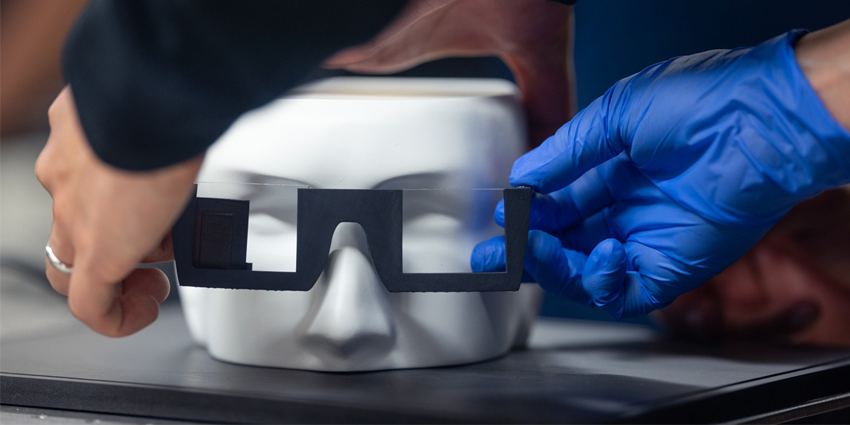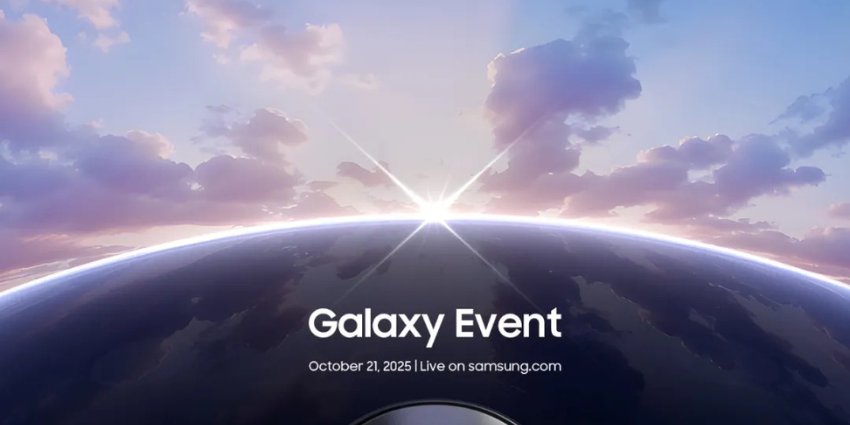VR/AR/VMR headsets are becoming increasingly sophisticated, with new high-quality head-mounted device technology debuting nearly every month; vendors are attempting to understand emerging adoption hurdles.
One of the most notable adoption hurdles is the form factor and weight of headsets. Many XR hardware use cases, whether AR smart glasses or a VR headset, require workers to want to wear a headset for long periods of time and heavy products can get in the way of this adoption.
Successful adoption can hinge on an XR headset’s weight and design, among other factors. As technology advances, head-mountable devices are getting lighter, improving overall usability.
NVIDIA is looking to solve form factor hurdles. The firm recently collaborated with the Stanford Computational Imaging Group under Professor Gordon Wetzstein to create smaller, lighter XR devices.
NVIDIA notes that current XR headset designs rely on heavy optics, displays, and head straps, which create intrusive bulk and a social barrier that stops advancement in XR collaboration and usage in the workplace. The firm notes that NVIDIA research teams have been busy working to solve these hardware-based hurdles over the past few years by developing smaller prototype devices.
NVIDIA research is leading the firm to create a pair of prototype XR glasses, which negate the need for larger devices as seen by many VR headsets – bringing design choices closer to AR smart glasses but with higher computing and display power. NVIDIA and the Stanford team are leveraging holographic near-eye displays, enabling the firm to create a device that displays VR content on lenses 2.5 mm thick.
Moreover, the team is leveraging AI to enhance its XR display system to ensure its success in its design goals. By leveraging an AI algorithm, NVIDIA is able to improve the performance of lightweight lenses by removing the amount of interfering light sources. According to NVIDIA, its AI integration makes “practical holographic displays feasible” by reducing the components’ size—which the firm states surpasses traditional expectations.
NVIDIA Commits to Enterprise XR Future
“The future of heavy industries begins with a digital twin,” stated Jensen Huang, CEO of NVIDIA. He explained that NVIDIA’s digital twin and AI platforms come together to pave the way for the next generation of industrial workflows, such as assisting robots in navigating and understanding factory environments through virtual simulations.
During the opening keynote of NVIDIA GTC, Huang presented the company’s latest developments, including genAI and robotic tools. He also highlighted NVIDIA’s partners who are working to advance XR/spatial computing solutions in the workplace by utilizing the NVIDIA Omniverse platform – partners like Siemens, Microsoft, AWS, and Wistron were featured at the event.
NVIDIA is tailoring the Omniverse platform for its industry partners by supplying cloud-based APIs that enable clients to utilize digital twin workflows. Huang emphasized that “everything manufactured will have digital twins.” Omniverse serves as the operating system for “creating and operating physically realistic digital twins,” which clients can employ for design processes, automation workflows, or even predictive weather solutions.
Huang also revealed that NVIDIA’s Omniverse is now accessible on Apple’s Vision Pro. NVIDIA has introduced Omniverse Cloud APIs, enabling Apple Vision Pro users to customize and distribute high-quality OpenUSD file types on mobile devices without compromising content or performance quality, thanks to cloud-compensated computing processes.







